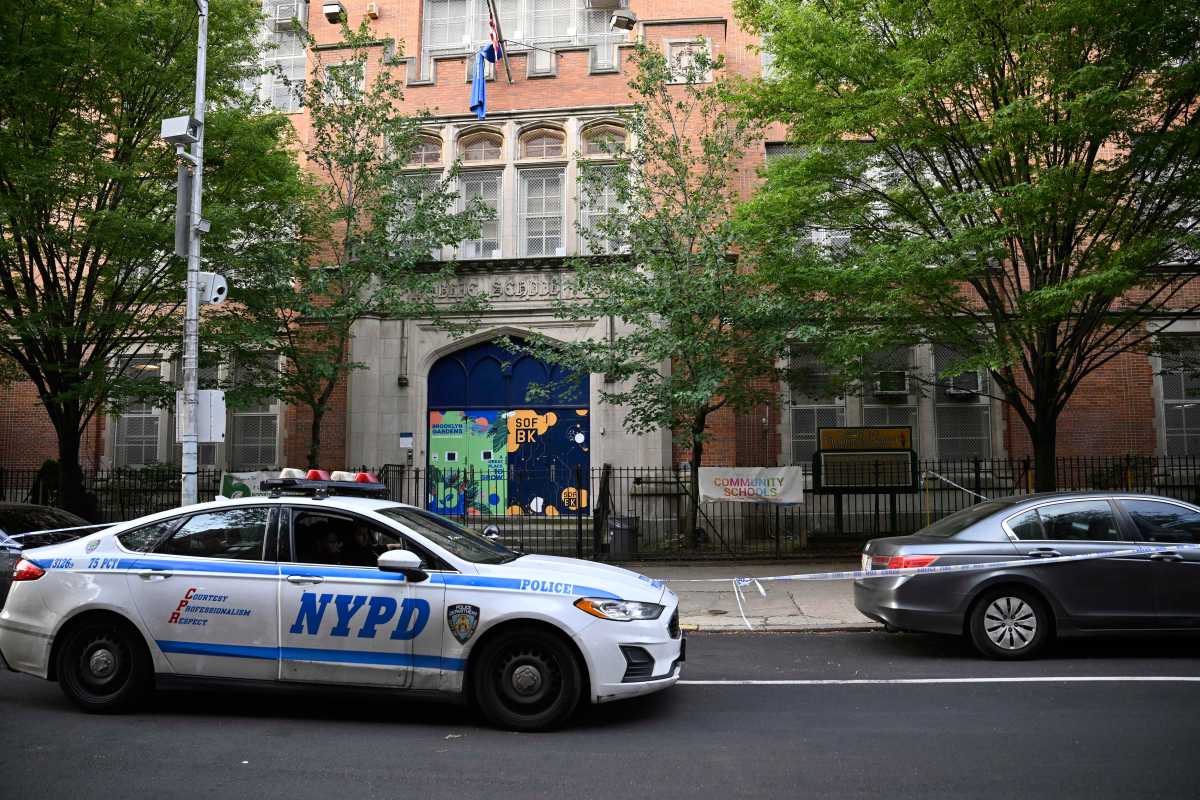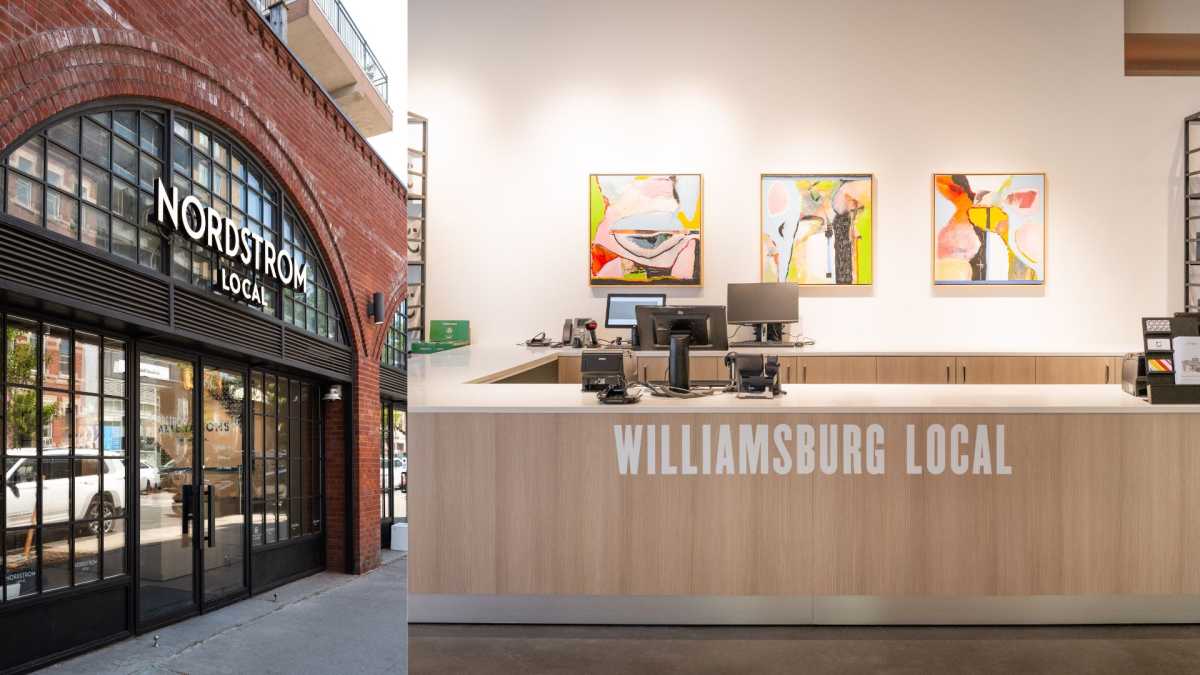Coney Island could soon be home to two new charter schools.
Those two schools – Coney Island Preparatory Public Charter School and Brooklyn Dreams Charter School – are among the dozens campaigning for the chance to open in September 2009.
As the city Department of Education (DOE) and state Board of Regents review the applications, a public hearing was held recently to give parents a chance to learn about the two schools proposed for Coney Island.
There was some turmoil about the meeting – namely about who would host it.
The DOE generally asks the local Community Education Council (CEC), a parent volunteer group advocating for public schools, to host the hearings and the CECs often agree. However, in this instance, District 21’s CEC balked at the request.
Council members said they didn’t want to give the impression that the CEC supports the proposed charter schools.
They also wondered why they should host the hearing considering the DOE and Board of Regents – and not CECs – decide whether to approve charter schools.
“We shouldn’t endorse them because we have no jurisdiction over them,” said CEC member Carmine Santa Maria.
“I don’t feel comfortable hosting,” said CEC President Ronald Stewart.
District 21 Community Superintendent Richard D’Auria had asked the CEC to consider hosting the public hearing.
“The purpose of these public hearings is to provide the CEC with an opportunity to hear what these schools are all about,” D’Auria explained. “It’s not at all an endorsement.”
In the end, D’Auria hosted the hearing.
During the hearing, basic information was provided about the two proposed charter schools.
Brooklyn Dreams Charter School would serve kindergarten to eighth grade and promote “integrity, academic excellence and accountability.”
Students at Coney Island Preparatory Public Charter School would wear uniforms and abide by the values of PRIDE, an acronym for professionalism, respect, integrity, determination, and excellence.
The CEC maintains concerns about where the charter schools would be located.
The schools could find their own space in a private facility or be housed in an existing public school.
If that’s the case, the DOE would find a local school building that is underutilized and ask the school to relinquish several classrooms to accommodate the charter school.
Parents criticized similar space-sharing arrangements proposed for P.S. 15 in Red Hook and P.S. 282 in Park Slope amid fears that their children’s class sizes would increase as a result of having fewer classrooms.
“There’s always a problem with charter schools trying to find space within our existing schools,” Stewart said.
If the DOE eventually plans to house a charter school in an existing public school, a second public hearing would be held to allow community members and parents to voice their support or opposition.




















